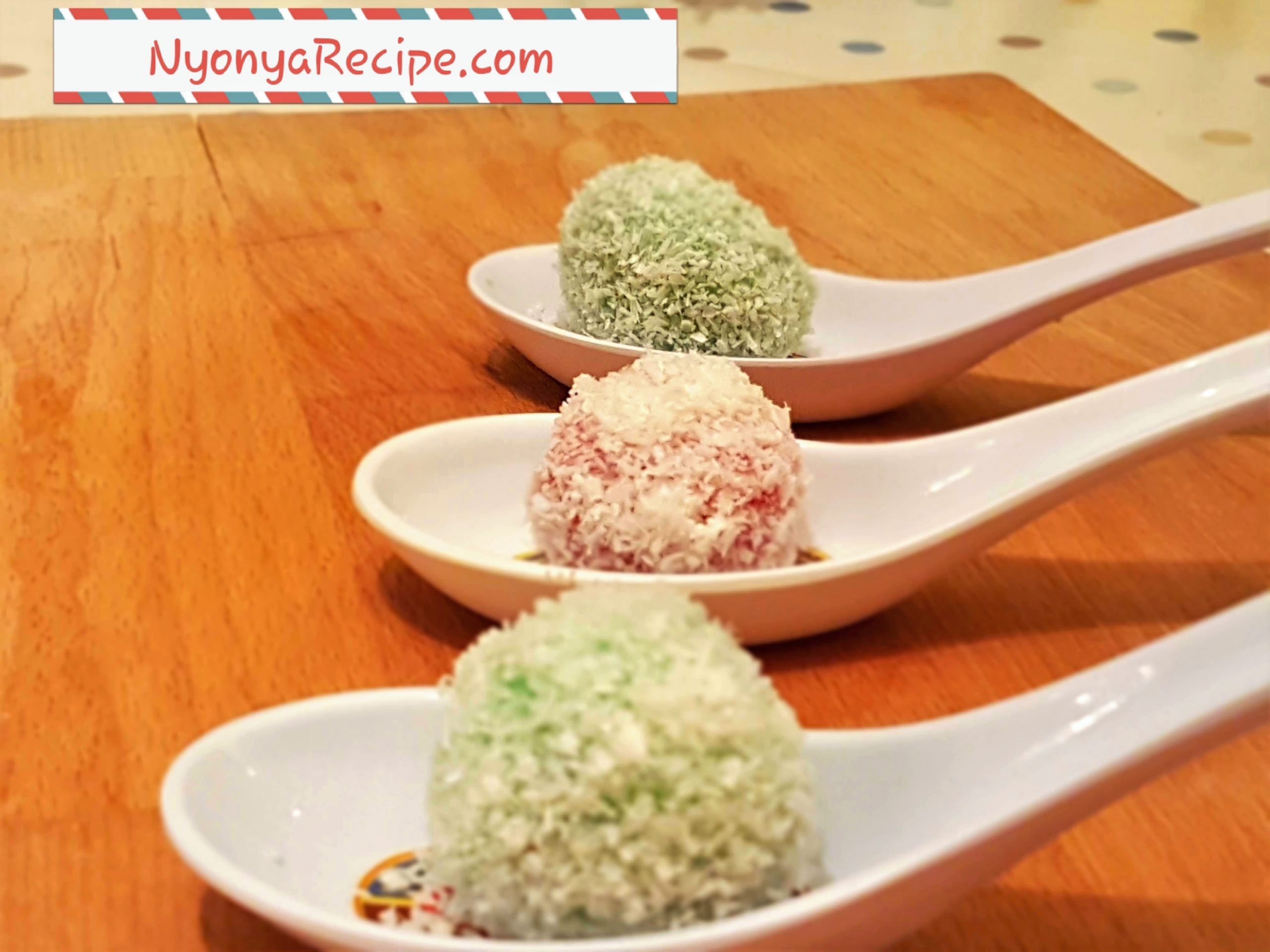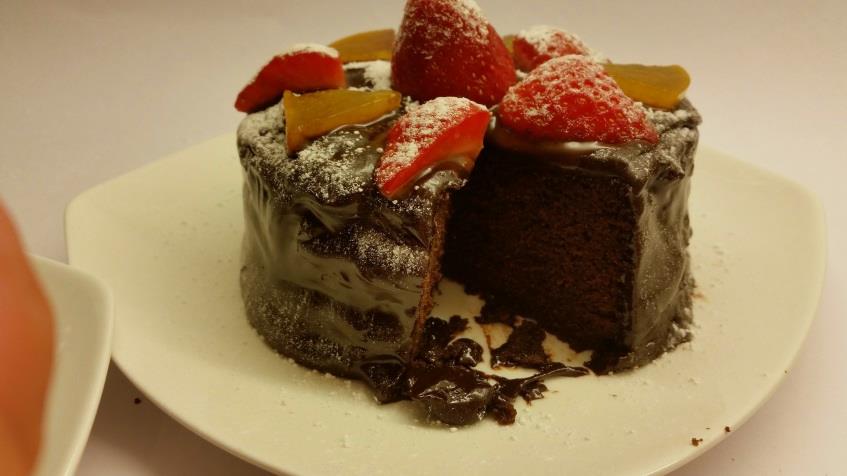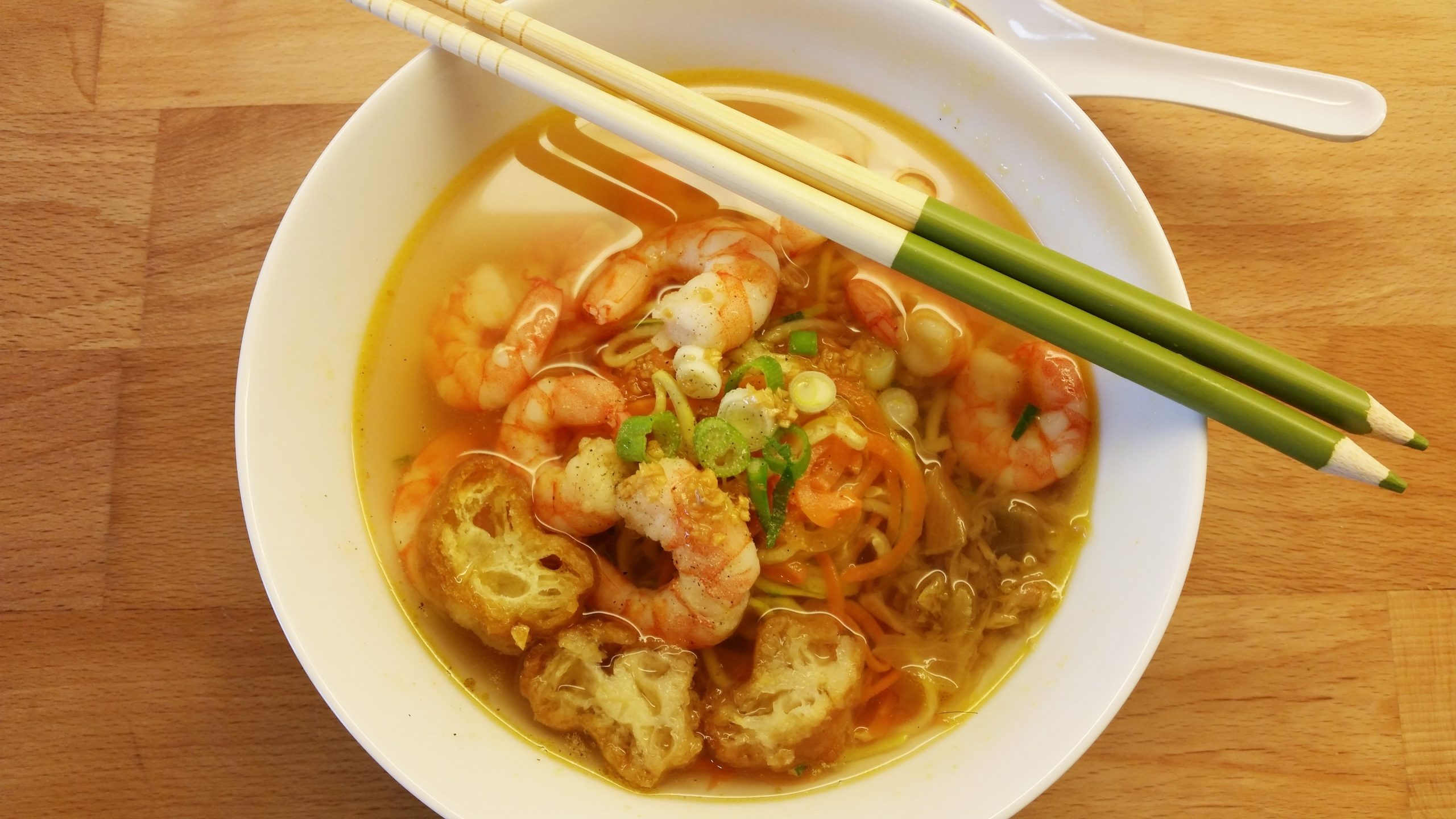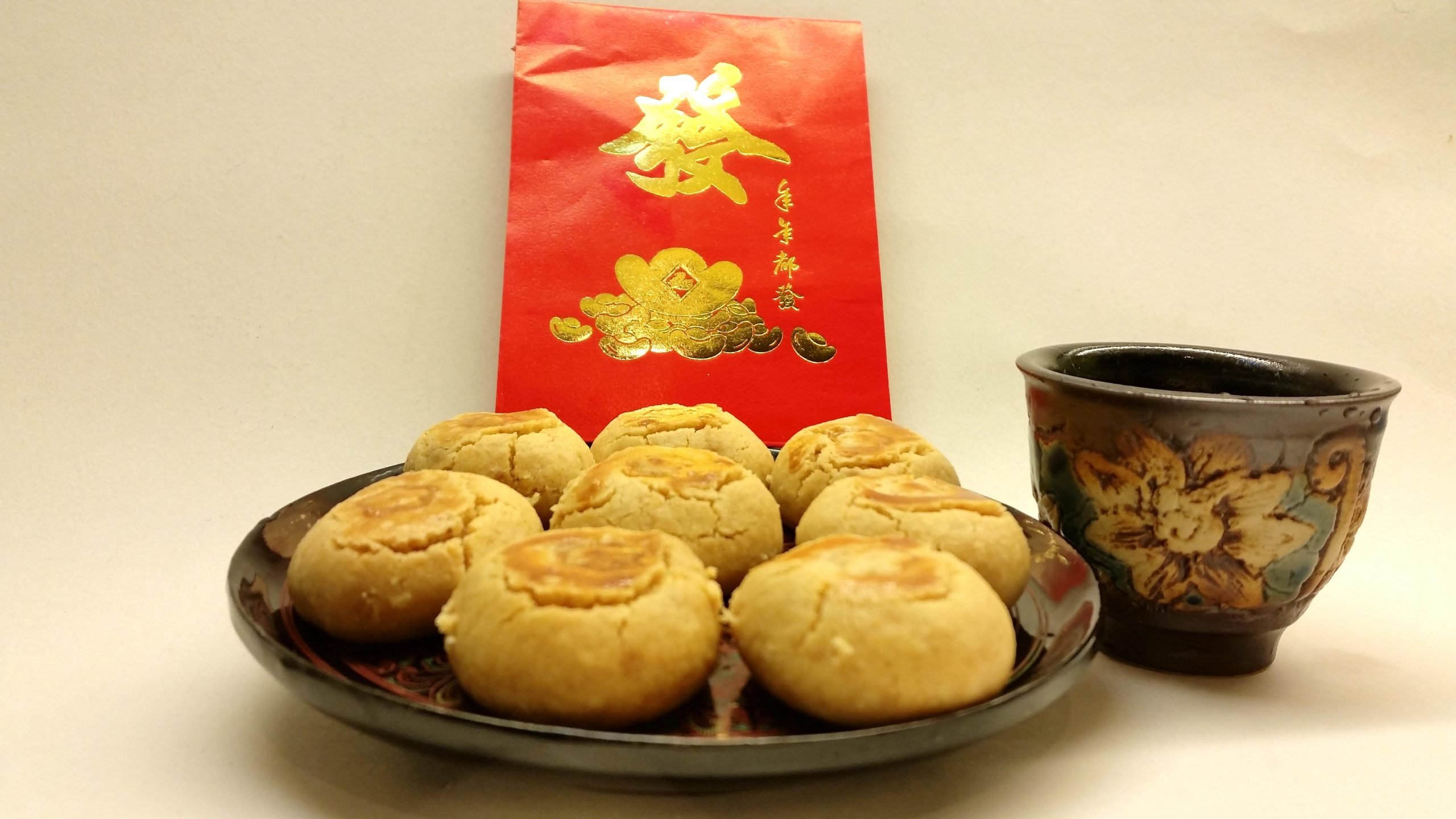![]()
The First Day of Winter: Winter Solstice 2017
Winter Solstice Date, Facts, Folklore, and More
Winter Solstice is coming,
Winter officially begins with the Winter Solstice on Thursday, December 21, 2017. This is the astronomical first day of winter in the Northern Hemisphere.
When is the Winter Solstice?
The winter solstice is the day with the fewest hours of sunlight in the whole year. In the Northern Hemisphere, it always occurs around December 21 or 22. (In the Southern Hemisphere, the winter solstice occurs around June 20 or 21.)
What is the Winter Solstice?
The word solstice comes from Latin sol “sun” and sistere “to stand still.” In the Northern Hemisphere, as summer advances to winter, the points on the horizon where the Sun rises and sets advance southward each day; the high point in the Sun’s daily path across the sky, which occurs at local noon, also moves southward each day.
At the winter solstice, the Sun’s path has reached its southernmost position. The next day, the path will advance northward. However, a few days before and after the winter solstice, the change is so slight that the Sun’s path seems to stay the same, or stand still. The Sun is directly overhead at “high-noon” on Winter Solstice at the latitude called the Tropic of Capricorn.
-source: The Old Farmer’s Almanac
As you note from 2 days ago, I blog about my trip to Stonehenge and my family tradition, as well as the different Kuih Ee or Tang Yuan that I have experimented.
Well, I was experimenting with it again. Since I have done several types of Tang Yuan, I will make one more. I have some bean paste in my freezer. So I decide to make Tang Yuan with sweet bean paste filling. This paste is a bit soft and sticky and needs to be handled correctly. This paste is shop bought, so you do not have to make it before hand. You can get this in tins or in bags from the Oriental supermarkets.
Here is the recipe.
I used the normal recipe, same as my previous ones. Click here for the first recipe.
I made bigger ones with fillings, green colour using pandan paste and pink colour using food gel colour.
Quick Info
Serves: 6-8
Difficulty: easy
Cost: £
Time: 10 mins to prepare, take some time to roll
10 minutes to cook
Ingredients:
Dough:
150g Glutinous Rice Flour
150g Water
Food Colours, pandan paste/essence
Filling:
1 tbspn Shop bought prepared bean paste. – shape 1/4 tspn of the paste into balls. It is easier if you use a teaspoon and wet your fingers and make roughly it into balls. It will be sticky and just make it roughly until it reassembles a ball. Set aside. Make about 10 to 12 balls, depending on the size of the dough balls.
Syrup:
200g Granulated sugar
500ml Water
1 Pandan Leaf – torn length-wise, and knotted
Method:
- Prepare the dough:
Mix the rice flour with about 150 ml of water to get a smooth, pliable dough. - Divide into 3 portions. I use 2 larger portions for the green and pink dough and I small portion for the white.
White dough:
- Take one portion of the dough. Roll it and pinch small pieces to make the balls.
- Roll a piece between your palms to get a smooth round ball.
- Place on a plate. Repeat until you finish.
Pink dough:
- Add a few drops of the pink (or red) food colour to one portion and mix well. You can add as much as you like to get the intensity that you want.
- Divide into 4 to 6 balls. Set aside
- To fill the balls, take a ball from the pink dough and flatten or make a hole in the centre of the ball.
- Carefully place a bean paste ball in the centre and wrap up with the dough, making sure that the whole bean paste ball is completely covered.
- Then gently roll in between the palms to get a nicely shaped sphere. Set aside.
Green dough:
- Repeat the process for the green dough using pandan paste/essence and fill with the filling as above.
Prepare the syrup:
- Put the sugar, water and pandan leaf in a pot. Bring to a boil and simmer for 5 minutes.
- Remove the pandan leaf. Set aside
To cook the balls:
- Bring a pot of water to the boil. Tip in the white balls and let it boil. Once the balls float up, it is cooked and remove it with a strainer and add to the syrup.
- Repeat the process for the rest of the balls.
- Dish out and serve.
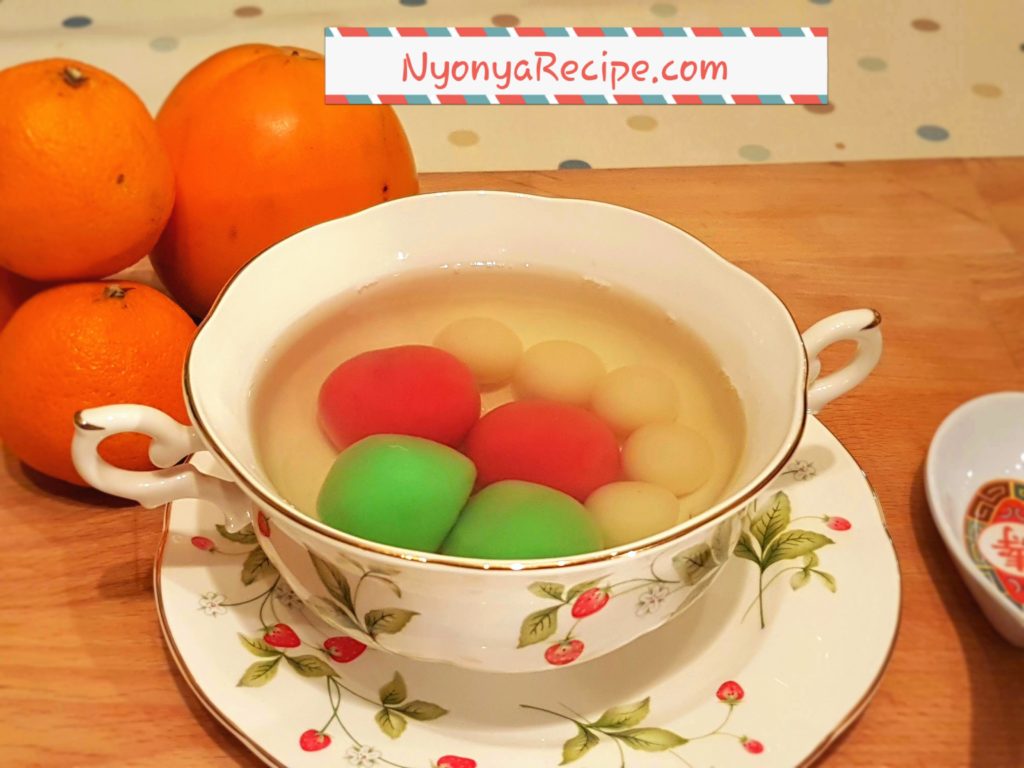
So now let us find out why and what my Tang Yuan morphed into.
Well, I figure that the ingredients to make Tang Yuan and ondeh-ondeh are the same, just glutinous rice and water. So I there is not much work needed to transform them. So I just have some desiccated coconut, add some salt, and voila! I then roll the balls and coat them with coconut.
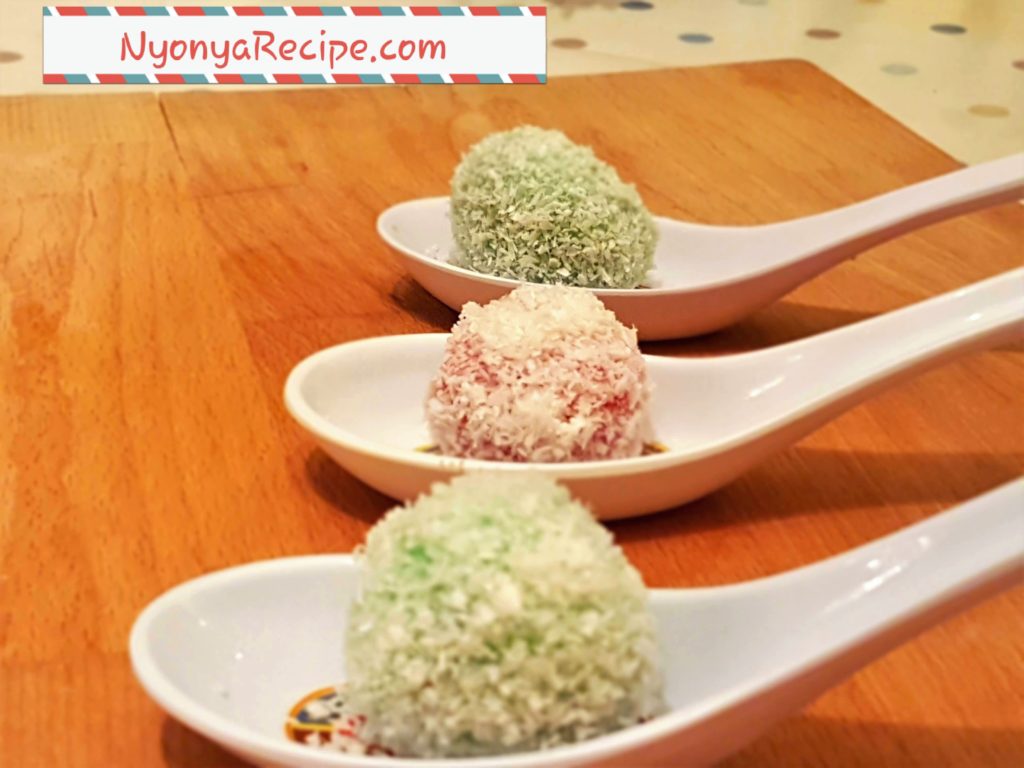

The green ones are exactly like ondeh-ondeh, except that the filling is not palm sugar.
There you go, two for the price of one!!
I wish you a happy time creating and eating it. Do let me know if you have unusual fillings.
Do click ‘like’ and share this post if you find it interesting and helpful.
Until the next post happy cooking!!
Cheers.
Penang lassie
